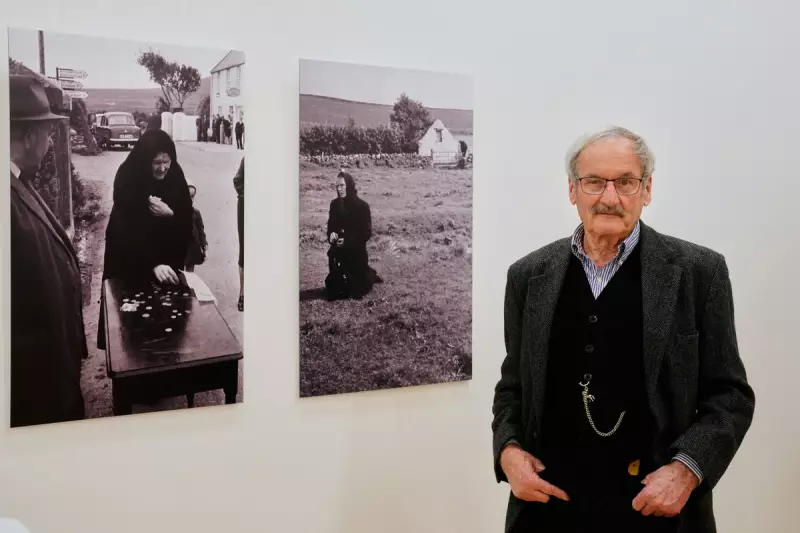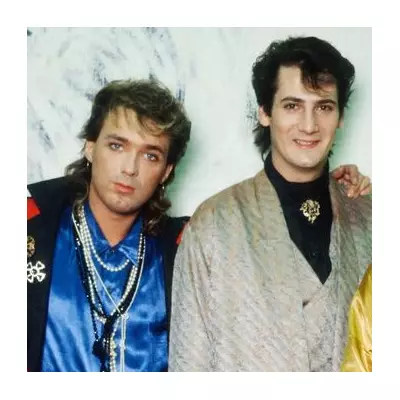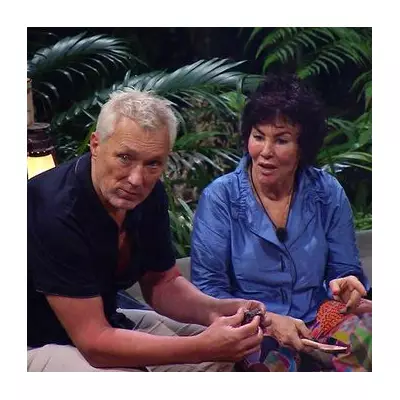
An extraordinary collection of vintage photographs capturing Ireland on the cusp of dramatic change has emerged after six decades hidden in an attic.
The black and white images, taken in 1963 by German photographer Diether Endlicher, offer a poignant glimpse into a traditional way of life that was about to disappear forever.
Rediscovering a Lost Ireland
Endlicher, now 85, recently uncovered the forgotten negatives while sorting through his personal archive. The former Associated Press photographer, who spent four decades covering major global events, scanned the 62-year-old images and contacted the Irish embassy in Berlin.
The response was immediate and enthusiastic. The Irish embassy in Berlin is now showcasing these rare photographs, with Endlicher honoured last weekend for his significant contribution to documenting Irish social history.
Irish ambassador to Germany Maeve Collins praised the collection's "beautiful detail" and historical importance. "They bring a vivid expression to the lived experience of people on the west coast of Ireland in the early 1960s," she said.
A Journey Into Another World
The photographs originated from a remarkable road trip when Endlicher was just 22 years old. He and a friend drove from Germany to Ireland's west coast in a tiny Fiat 500, not designed for such long journeys.
Armed with his Leica M2 camera and three lenses, Endlicher visited places where few had ever seen a camera before. Their adventure took an unexpected turn when they encountered a man transporting turf to Inishmaan, one of the Aran Islands in Galway Bay, in a large sailing vessel without an engine.
"I thought we'd never arrive there because the wind was not so strong. The boat traveled very slow," Endlicher recalled. "It was an interesting trip there and then when we landed on Inishmaan, that was a different world."
What he found was an island untouched by modern conveniences. Electricity hadn't reached Inishmaan, fishermen worked with traditional methods, and peasants threshed barley by beating stalks on stones. The islanders wore homespun tweed clothing and used turf from the mainland for heating and cooking.
Many locals were wary of having their photographs taken. As part of the Gaeltacht, most inhabitants spoke only Irish at the time, creating an additional language barrier.
From Ireland to Global Conflict
Endlicher's Irish photographs marked the beginning of an extraordinary career with The Associated Press that spanned from 1965 to 2007. He returned to Ireland in 1984 to cover US President Ronald Reagan's visit for the news agency.
His career took him to the world's most dangerous hotspots. Endlicher covered 29 Olympic Games, including the tragic 1972 Munich Olympics where 11 Israeli athletes and coaches were killed.
He witnessed the first intifada in Gaza, where Israeli soldiers once forced him to hand over film after he photographed them beating a child. He covered the fall of the Berlin Wall, the breakup of the Soviet Union, and was embedded with American troops during the 1991 Gulf War.
Reflecting on the dangers he faced during his 42-year career, Endlicher acknowledged the necessity of bearing witness. "It's necessary that some people are willing to take the risk," he said, referencing his former AP colleague Anja Niedringhaus who was killed in Afghanistan in 2014.
The recent exhibition at the Irish embassy in Berlin became a family occasion, with Endlicher's son Matthias joining him for the tribute, and his wife Andrea attending dinner at the ambassador's residence.
"I'm very happy that they saw the value of these pictures," Endlicher said, expressing gratitude that his early work documenting a vanishing Ireland has finally found its audience.





